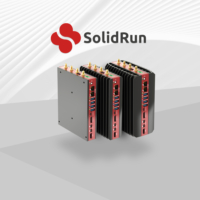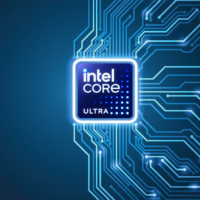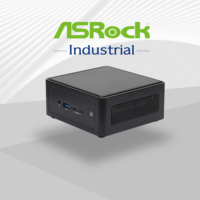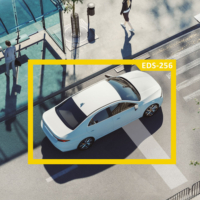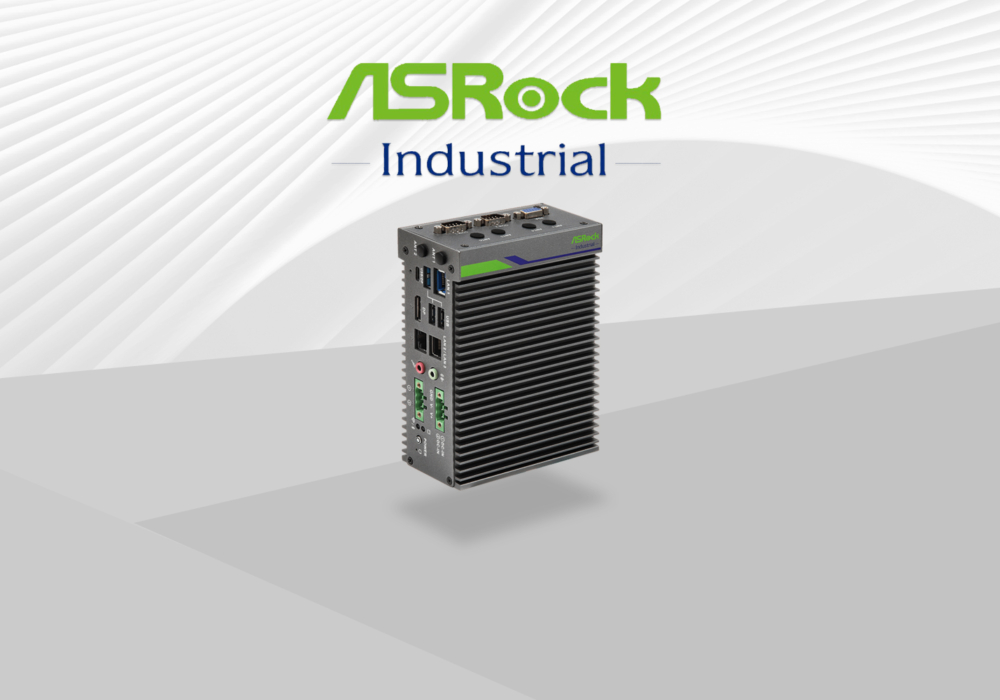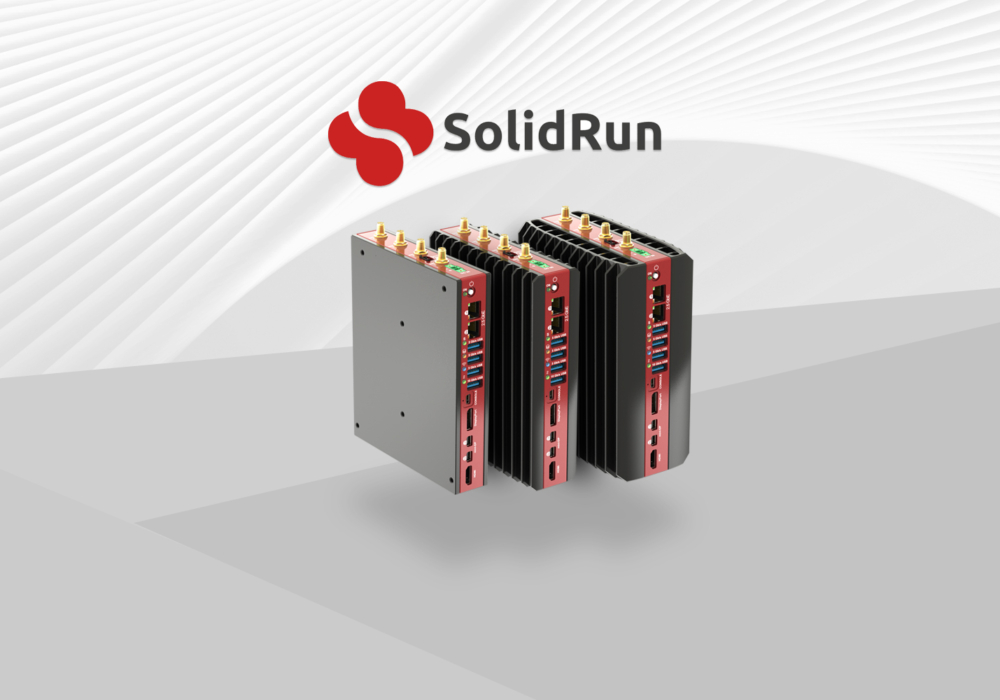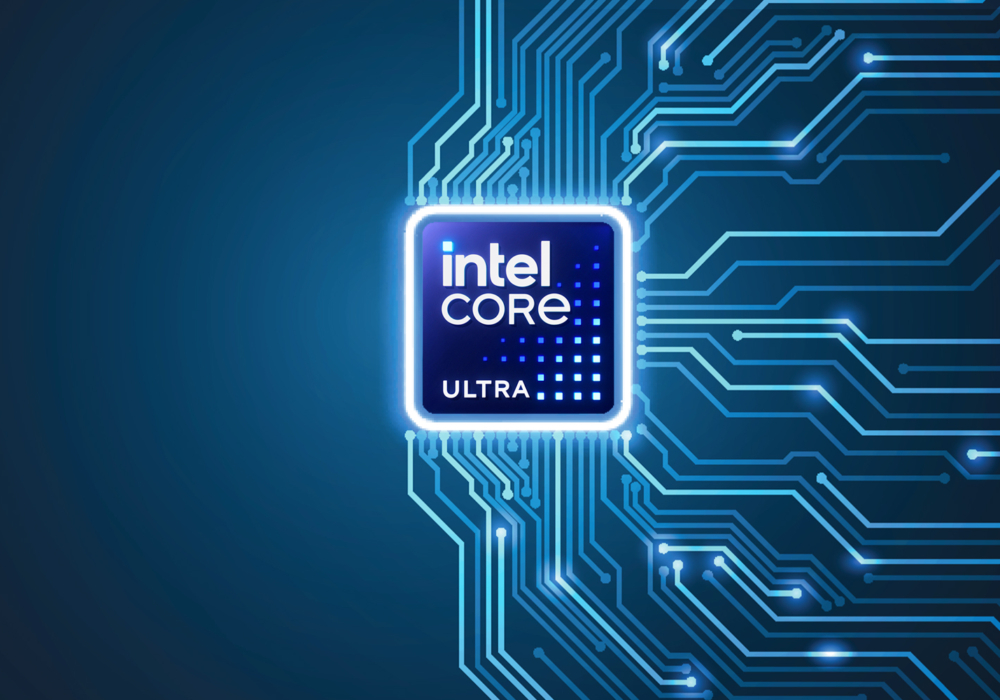Graphene is the wondrous super material that is quite literally out of this world, not least because its ever-growing list of potential applications and capabilities seem like those from a marvel comic, but also because as of right now as it has been for a while, Graphene is totally impractical. Applications are extensive but its usability is not, just 1 square inch is roughly $60 whilst it is widely proposed that Graphene needs to reach just $1 per square inch to make it feasible in technological applications whilst for touchscreen applications 10 cents per square inch is the marker.
Graphene is a sensation as it’s made-up from 1 honeycombed layer of atoms. That is a singular layer of atoms that you can pick up which is absolutely incredible. It is the world’s first 2D material and has sent scientists and industrialists into meltdown and rightly so. The Graphene Flagship Consortium- including Nokia- have just won a huge grant from the EU for Graphene development and research spread over the next 10 years. Graphene is made from Graphite, the very same Graphite which is in your pencil, it was discovered back in 2004 at the University of Manchester and 6 years down the line, Professor Andre Geim and Dr Kostya Novoselov collected the 2010 Nobel Prize for their troubles.
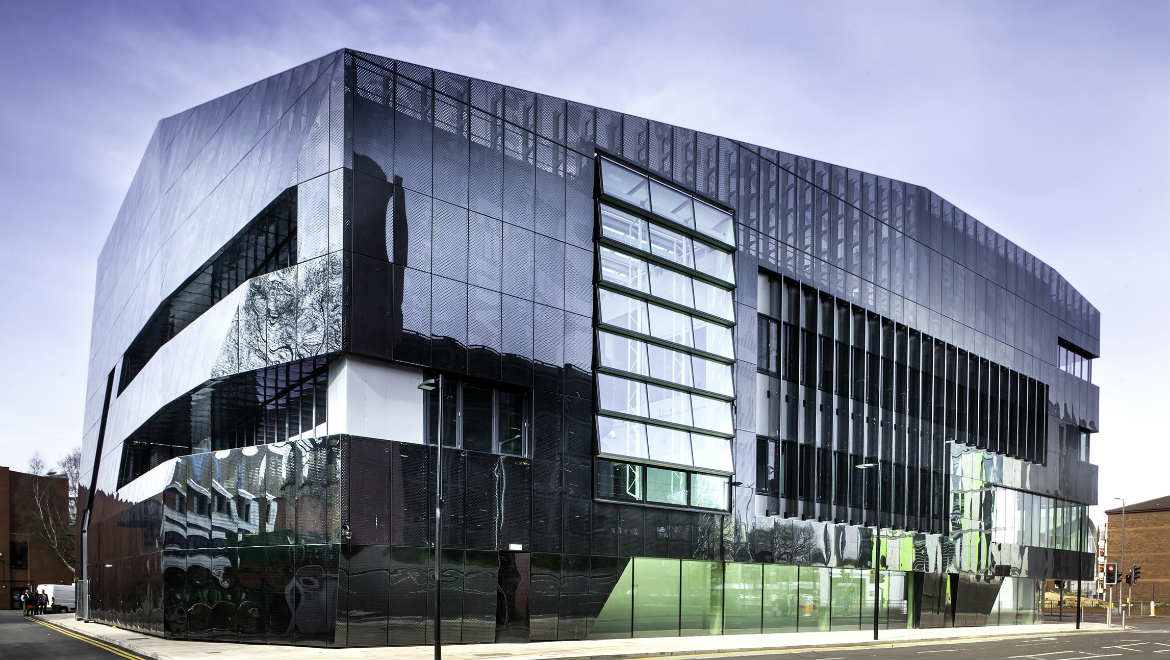
It is effectively grown in a process called mechanical exfoliation and though difficult you can replicate this yourself by combining Graphite powder, water, and dishwashing liquid at a high-speed blend and there you have it, the strongest material known to mankind. Whilst most scaled techniques manage less than half a gram per hour the real demand is for larger scale, cheaper production. The developments are hugely exciting, the strength is a pivotal factor yes, with a fraction of graphene improving polyesters strength by 50%, but it is the thermal properties that are invigorating industries with our heavy reliance on technology and the lack of real-life applications to match which is exactly the stumbling point for Graphene.
If you were to lay a sheet of Graphene over a sheet of white paper, you would be able to see one layer of atoms with your bare eyes! Scientists have now designed a graphene-based transistor that uses ultra-low power consumption which could ultimately be used to increase the clock speed of processors up to an astounding 100GHz. Current transistors permit electrons- triggered by a power source- to jump through an energy barrier to alter the current on the other side, as well as they work there is very little margin to improve efficiency and hence overall performance.
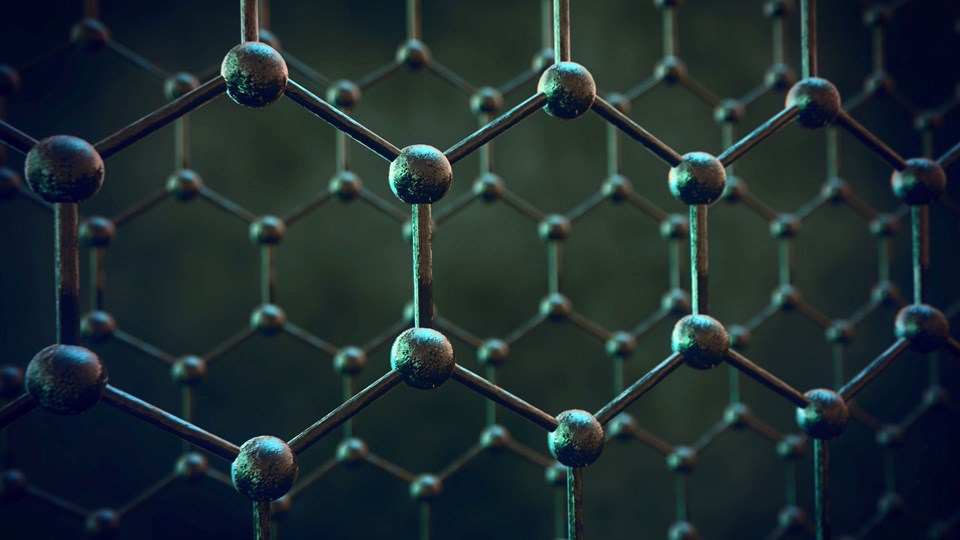
Tunnel transistors use less power than standard transistors, these allow electrons to pass through the energy barrier by quantum-tunneling, the problem at the moment is that the current coming through the other side of the energy barrier is too small for practical applications. Researchers at the Moscow Institute of Physics and Technology have hence utilized Graphene’s 2-dimensional and unusual electronic properties by using 2 layers of graphene bonded together, this bilayer of graphene has an energy band that resembles a sombrero, not the parabolic shape of most semiconductors. The electrons around the edge of this “sombrero” tends to infinity and when a small voltage is applied a vast amount of those electrons tunnel at one hence a sharp change in current on the other side of the energy barrier, the end result is the same, but it requires a significantly smaller voltage, using less energy, generating less heat, allowing clock speeds to increase without the worry of excess heat destroying the chip.
It has been widely observed the lack of developments in processing speeds over the last 10 years rising to around 4GHz in 2005 and very little since then. Quintessentially a graphene based transistor has an operating voltage range of 150mV compared to 500mV in silicon transistors and so graphene may well be the next step that could drastically increase computing power.
Graphene’s density is a million times greater than copper and its intrinsic mobility is a hundred times greater than that of silicon. It can carry electricity with higher efficiency, improved precision and faster than any other material leading to an expansive range of every day applications such as battery’s that have ten times as much electrical retention than anything that is currently available. It is the only material that shrinks when warm and expands when it’s cooled making it the first and only material example of an electrically conductive membrane.
Graphene's Energy Band
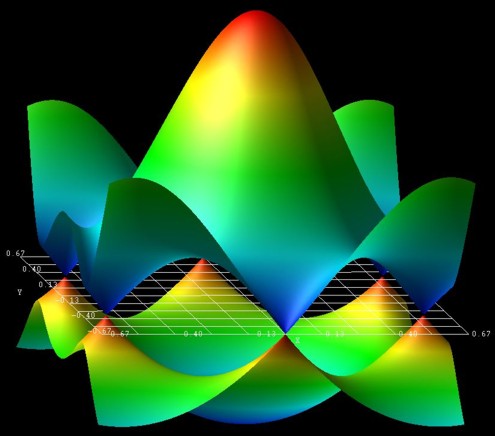
Even helium atoms can’t get through the most impermeable material discovered, which seems intent on smashing every record that a material can. This means it would work as a fantastic gas detector and has even been used to distil vodka at room temperature. As mentioned previously the transistor potential is impressive but this evidently opens the quantum door by making hugely complex experiments in high-speed quantum physics, actually possible.
Transistors are just the beginning, its lightweight, thin, flexible yet durable properties are perfect for electrical components in screens, circuits, solar cells as well as medical, chemical and industrial processes that could be enhanced by this utterly flabbergasting discovery that almost sounds far-fetched, but since 2004 the adopted son of science has and will continue to amaze.
About Assured Systems
Assured Systems is a leading technology company offering high quality and innovative applied computing solutions to the embedded, industrial, and digital-out-of-home markets across the world. Headquartered in Stone, England and with offices in North America, our reach is truly global.

